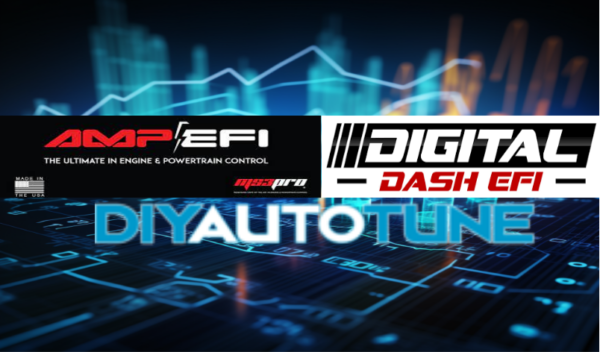Are other electronics acting strangely when you activate your nitrous oxide injection? Check your voltage drop! The current draw may be putting too much load on your car’s electrical system. Voltage drops can cause anything from electronics simply flaking out, to an electric fuel pump not delivering enough fuel and leaning out your motor.
A common problem with nitrous systems is to underestimate the load one will place on your charging system. While a boost control solenoid may only draw half an amp, and won’t require any special planning when it comes to your charging system, big nitrous systems can use up an entire alternator’s worth of current. When we were designing the MS3Pro, we checked with nitrous system manufacturers to see if their solenoids made sense to drive directly from the ECU, or if it would be better to use solid state relays. The current draw specs they provided ranged from 8 to 30 amps, per solenoid. Complicating matters, nitrous system companies often buy their solenoids from outside solenoid vendors, and sometimes have to change suppliers, and often a solenoid that’s equivalent mechanically from a different supplier may draw a different amount of current.
So, if you’re looking to make big power with nitrous oxide, follow these tips to make sure you don’t have voltage drop issues.
- Test your solenoids and measure their current draw directly. This includes any spares, in case your supplier has switched their suppliers.
- Make sure your nitrous solenoid wiring is sized correctly for their current draw.
- Ideally, you should size your alternator so that it can supply the full current draw of the nitrous system on top of all other loads. This may require two alternators, or an oversized alternator.
- If you are not able to run a large enough alternator, you may need extra battery capacity.
- Pay close attention to battery voltage in your data logs.
- Solenoids that draw lots of current also create large flyback voltage spikes. Good grounding, and protecting your supply voltage, are essential here.
Thanks to Andy Whittle and Jason Haines for the inspiration for this article.

